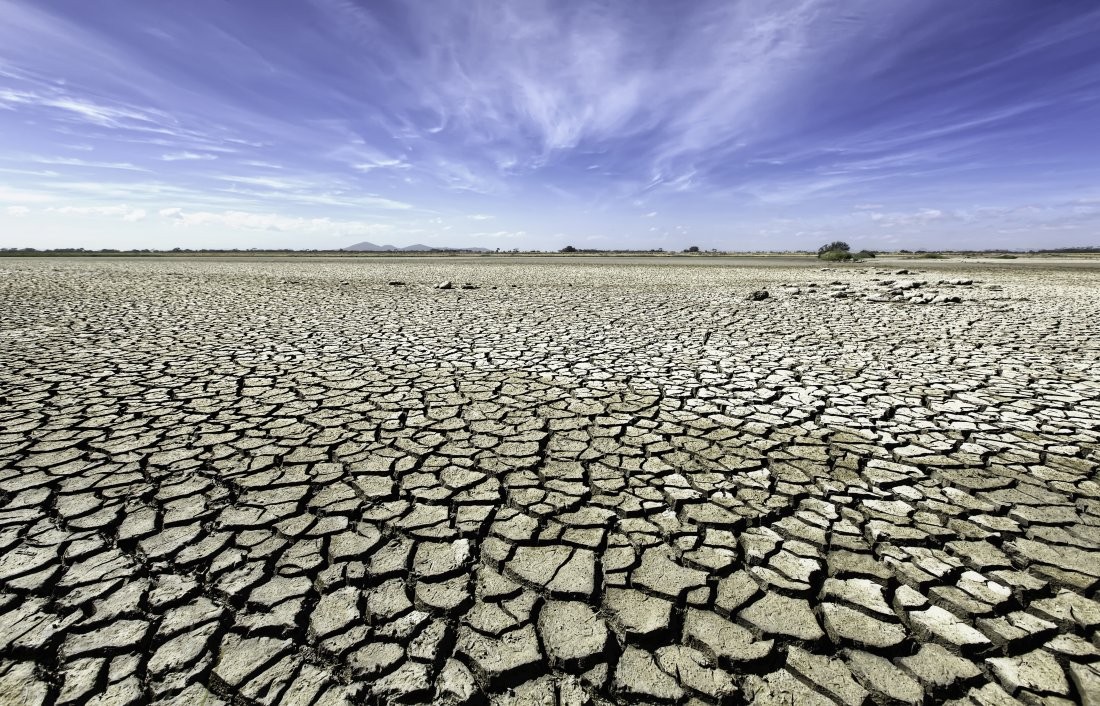
A patchy June-September monsoon, which was 9% below normal, has caused drought-like conditions in almost a third of the districts in India, putting farmers in these high-deficiency areas under stress, data from the India Meteorological Department and reports from states showed. Over 200 districts received below-average rainfall this year.
While the India Meteorological Department has said the overall deficit wasn’t significant and total acreage under crops was higher than last year, analysts say that at a sub-regional level, the picture is worrying.
Ahead of a general election next year, rural distress will likely keep the Modi government under pressure from farmers already battling higher cultivation costs, pricier diesel needed to run farm equipment and poor returns due to a slump in commodity prices.
According to the Met’s classification, the monsoon is considered normal when rainfall is between 96 and 104% of the long-period 50-year average of 89 cm. This year, the rains were 91%. The weather bureau had forecast the rains to be 97% of the average.
Key states that faced large deficiencies during the four-month rainy season include Gujarat, West Bengal, Bihar, Maharashtra, Rajasthan, Andhra Pradesh, Madhya Pradesh, Uttar Pradesh and Karnataka.
Karnataka and Andhra Pradesh have already declared 23 and six districts as drought hit. Maharashtra’s Marathwada region saw a 20% deficiency in rainfall, while rainfall in eastern Madhya Pradesh were 12% deficient.
The Rayalseema region in Andhra Pradesh recorded a 36% deficiency, while the shortfall was 23% in east Rajasthan, 30% in northern Karnataka and 15% in eastern Uttar Pradesh.
According to the government’s sowing data until September 20 – or 10 days before complete withdrawal of the monsoon -- overall acreage of crops was marginally (0.61%) higher than last year. But the area under pulses stood 1.1% lower than last year, that under coarse cereals, down 3.9%, and the area under cotton, marginally lower at 0.89%. Yet, when disaggregated by regions that received significantly lower rainfall, a slew of crops may be affected, analysts said.
In a post-monsoon analysis, credit rater Crisil used its propriety DRIP index – it calculates temporal and spatial distribution of rainfall and its impact on food production – to project a significant impact on jowar and bajra in Rajasthan and parts of Maharashtra.
“Similarly, sowing is estimated to be lower for jute in West Bengal and for cotton in Gujarat and parts of Maharashtra. Also, groundnut acreage is down in Gujarat and parts of Andhra Pradesh,” its report said.
In Uttar Pradesh, Bihar, Haryana and Punjab, which have good irrigation cover for only paddy cultivation, below-average rains could impact crops such as maize in UP and Bihar and cotton in Punjab.
“In Punjab and Haryana, the monsoon rains were largely deficient.
“However, with the deluge during the last 10 days of the season, cumulative rainfall for the period recorded a surplus. For all practical purposes, rains should be considered deficient simply because it did not rain when it should have,” said DK Joshi, chief economist at Crisil.
Non-monsoon factors have also contributed to lower acreage this year.
Growing pest attacks have dissuaded farmers from sowing cotton. A fall in prices and a glut in some pulses varieties may have contributed to lower pulses acreage.
“Even post-monsoon rainfall in October has been scanty for the whole country, except for Tamil Nadu and Kerala, apart from Odisha due to a cyclone. This could have implications for rabi or winter sowing as well,” said Mahesh Palawat, the vice-president of meteorology at Skymet, a private forecaster.
Data shows that West Bengal has the largest number of districts – about 79% of the total districts in the state– with a rainfall deficiency of 15-54%.
About 74% of districts in Gujarat reported between 13-64% of rainfall deficit.
Farm incomes in 2018 have not shown any uptick, with prices of most crops ruling below minimum support prices and pockets of drought will put further pressure on farmers’ earnings


.jpeg)

